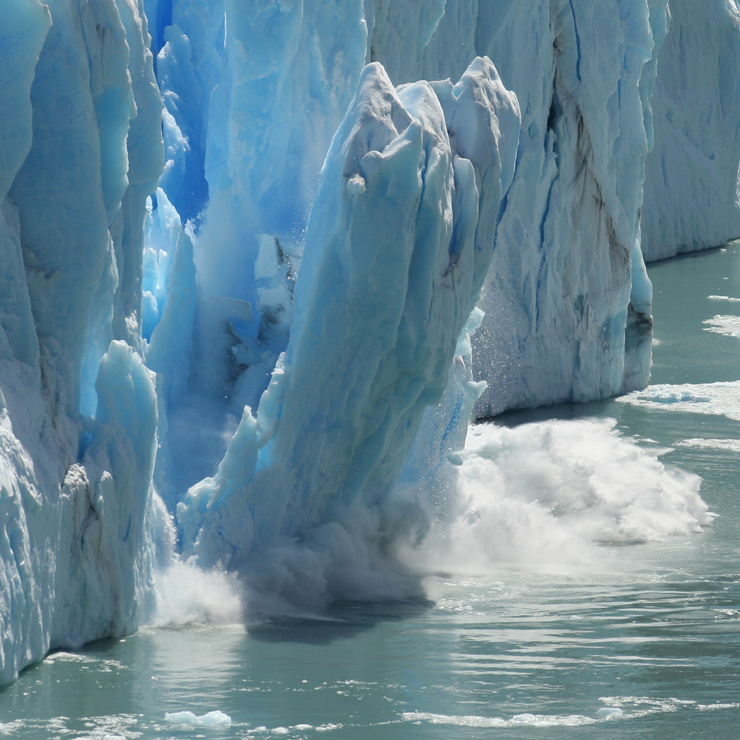Newsroom Archive

Not many issues have bridged the left-right political divide in Washington, D.C., the way that advanced nuclear technology has. This bipartisan congressional support in both the U.S. Senate and House of Representatives will help advanced reactors—and the clean energy future they promise—become a reality.

If we look at the map of billion-dollar summer weather events—including droughts, flooding, severe storms, tropical cyclones, hurricanes and wildfires—we can see that the Southeast, Midwest, Southern Plains and Mid-Atlantic regions have suffered through a significant number of them. Luckily, these states are home to many of the nuclear power plants in the nation.

Maybe it was inevitable that when 20 candidates appear together in the span of four hours total that no one issue was going to get an in-depth treatment. Leading up to the two-night series last week, concerned citizens like myself wondered where climate and energy would fall into the first round of the Democratic presidential debates.










